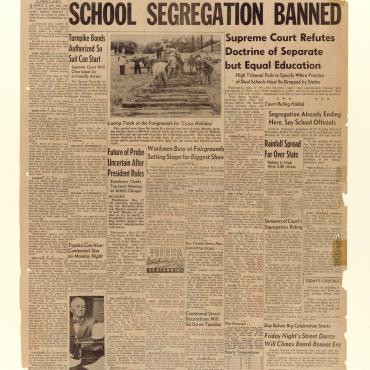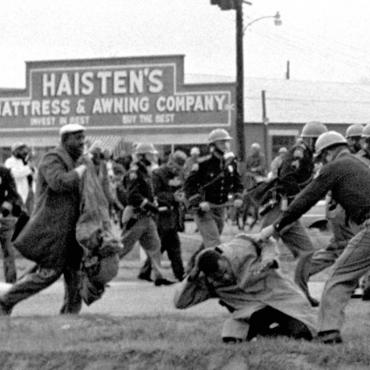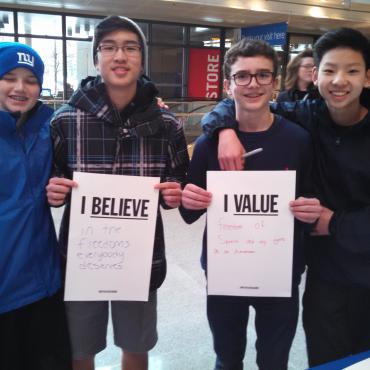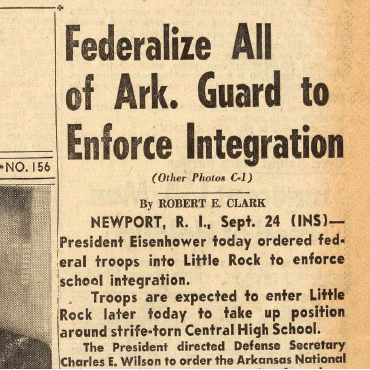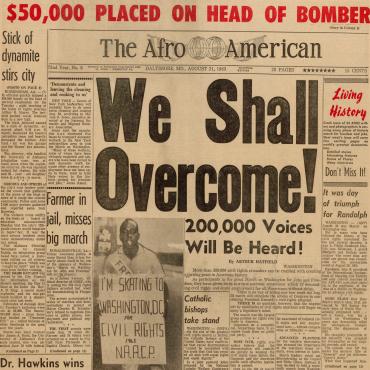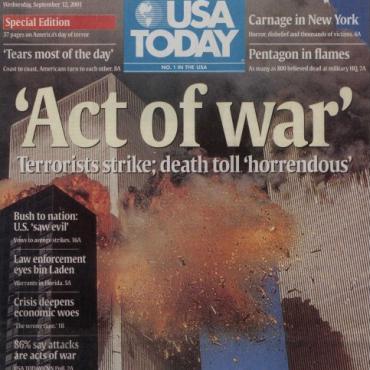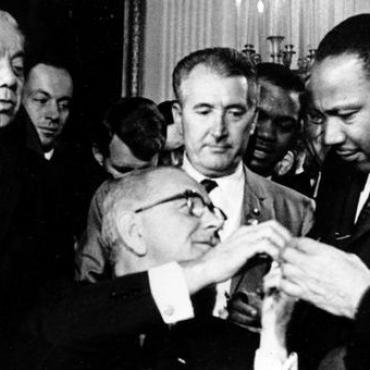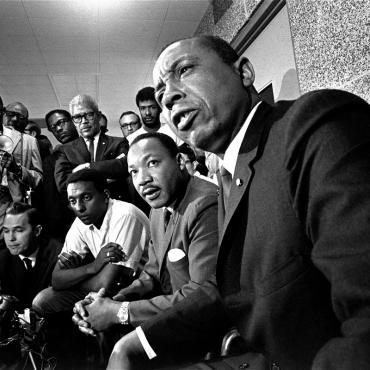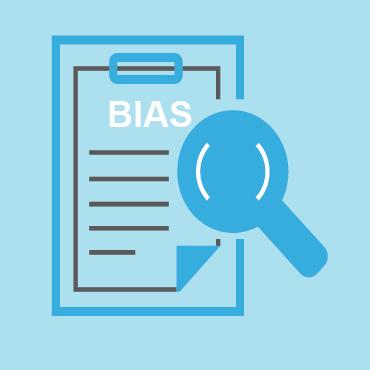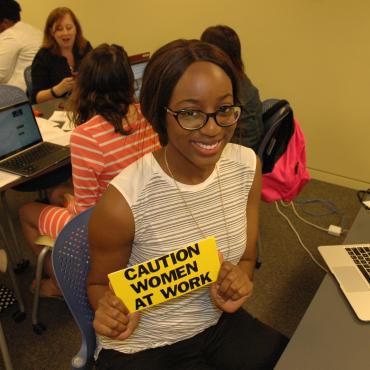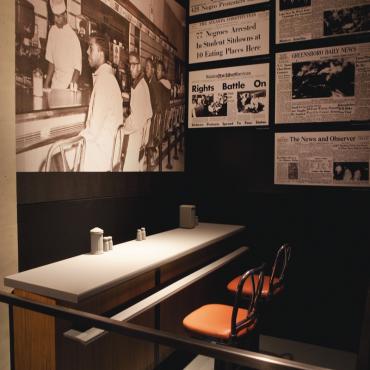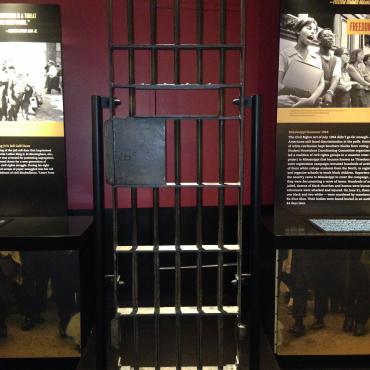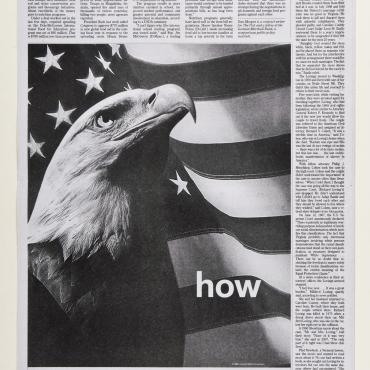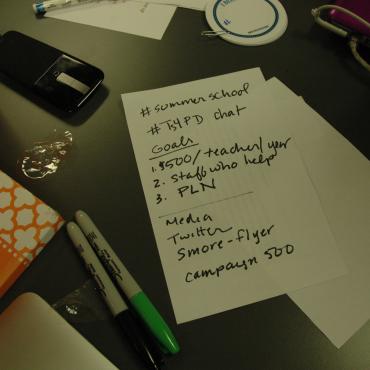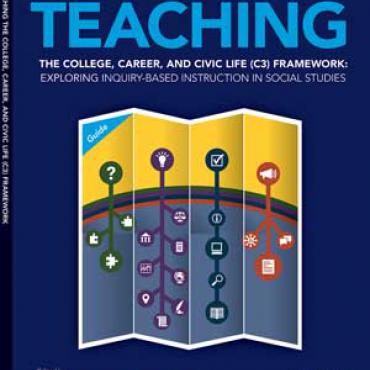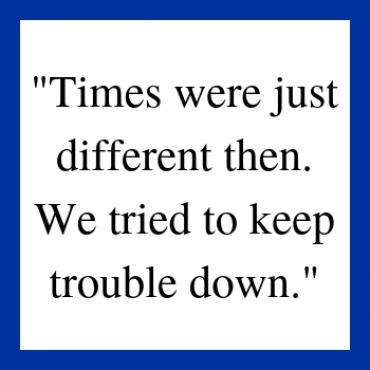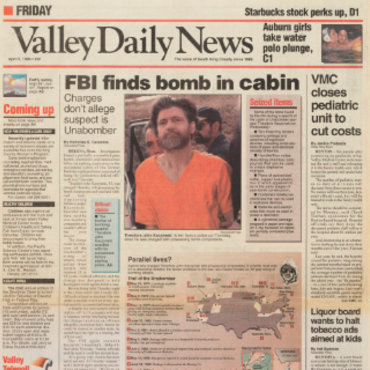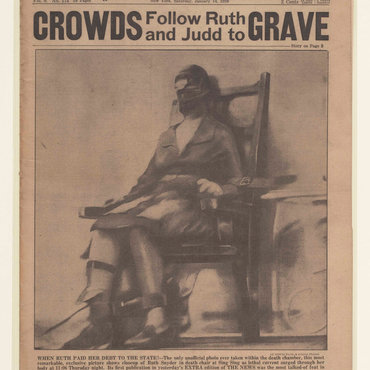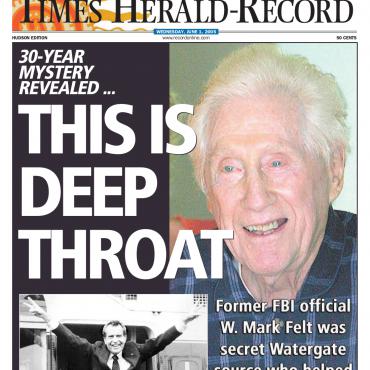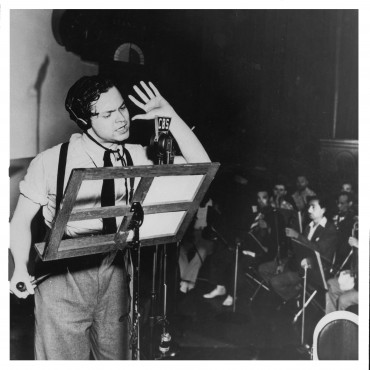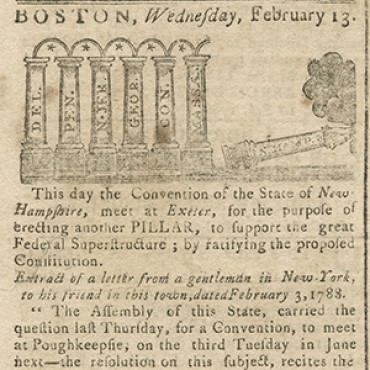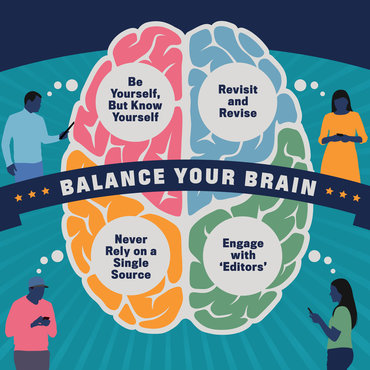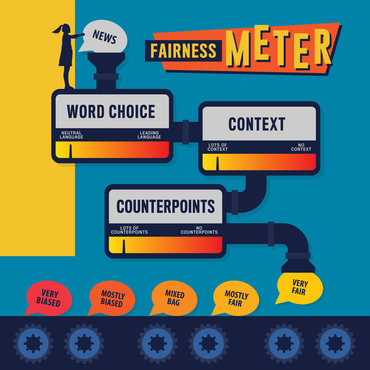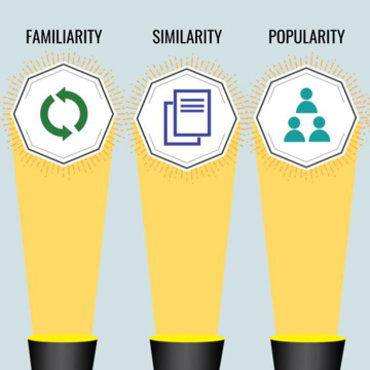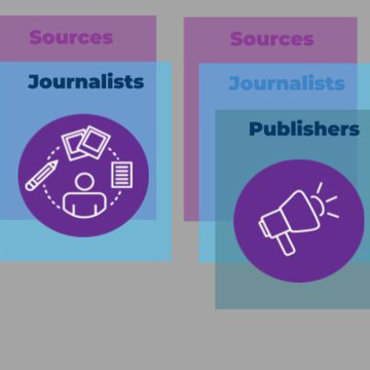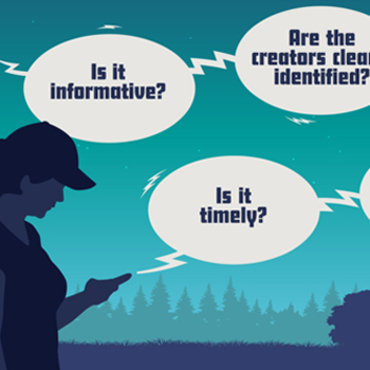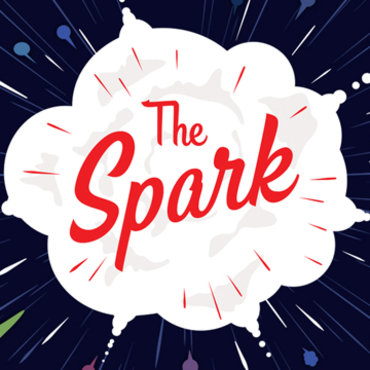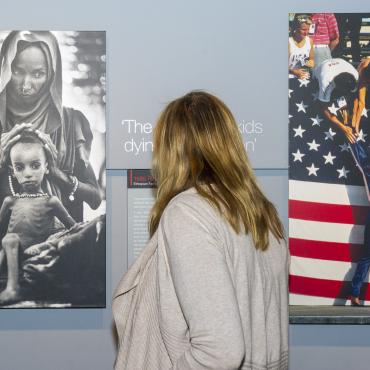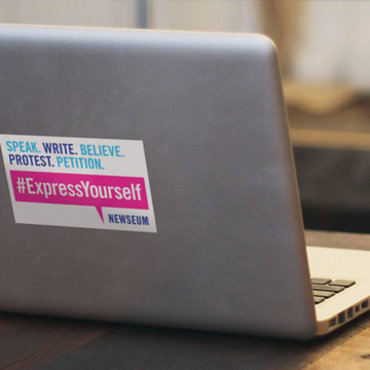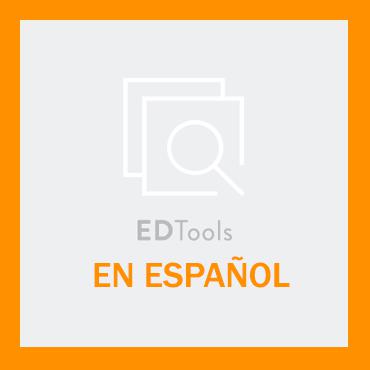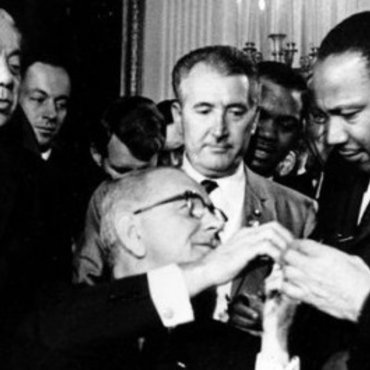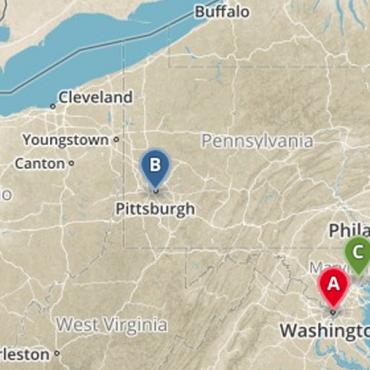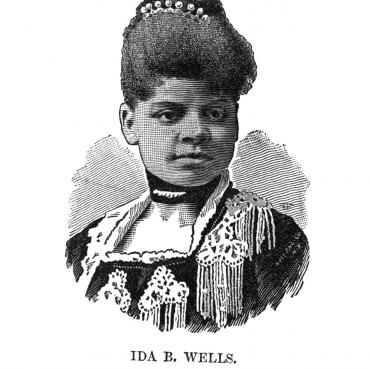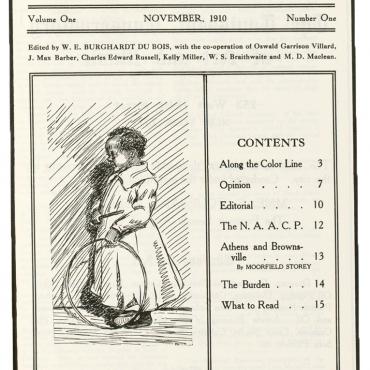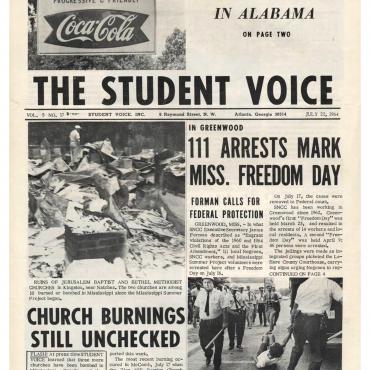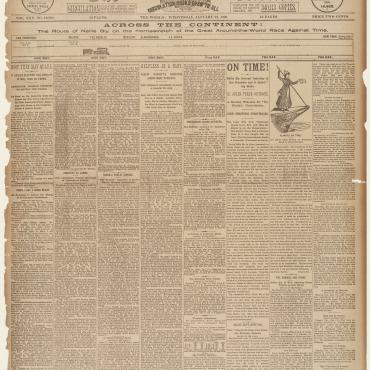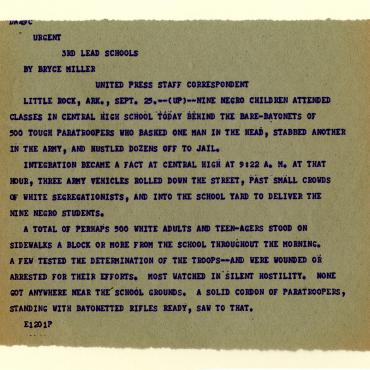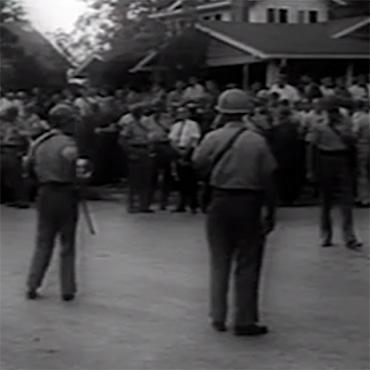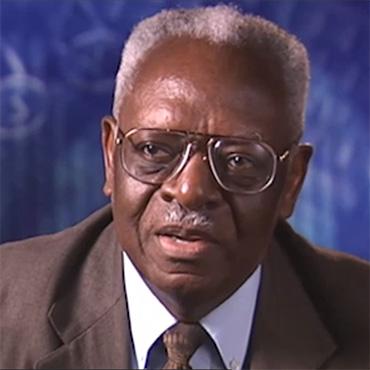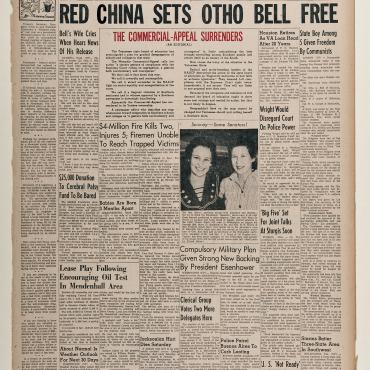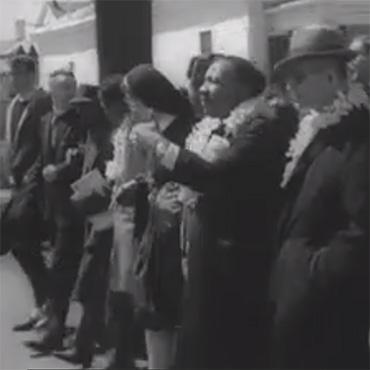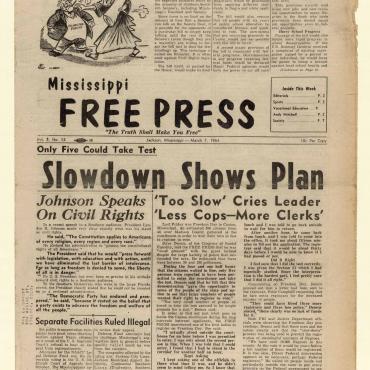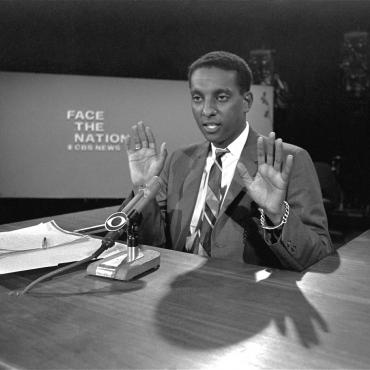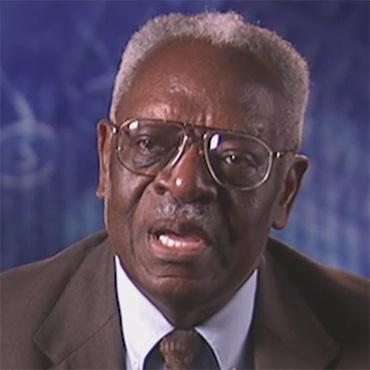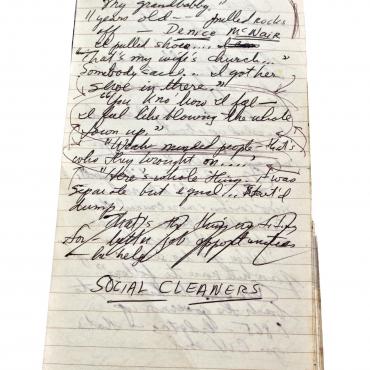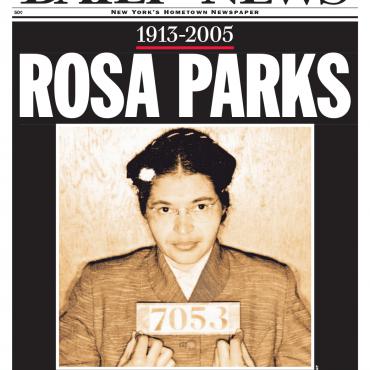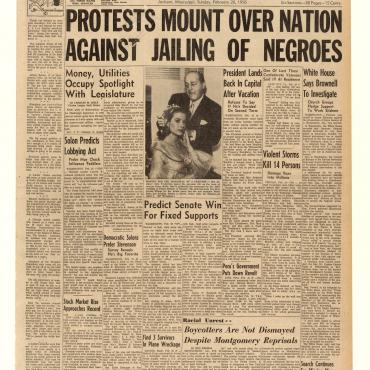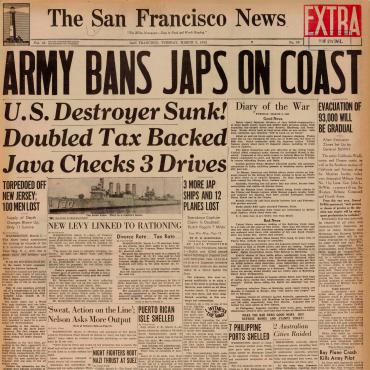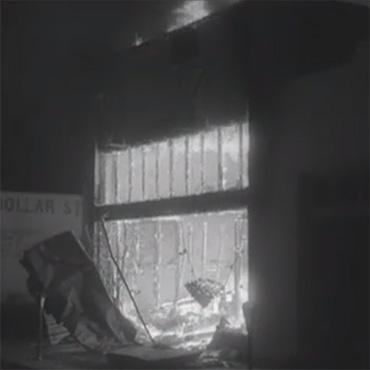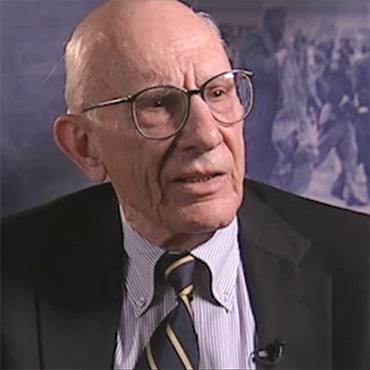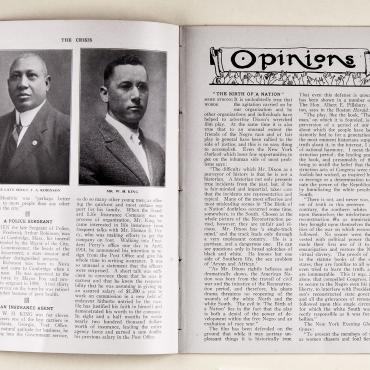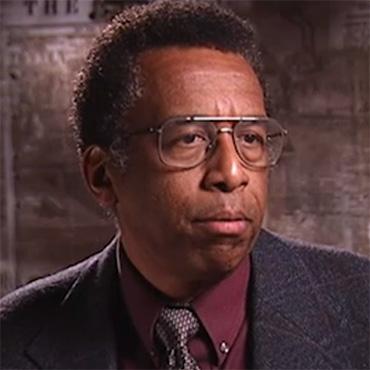
Civil Rights: Reporting Then
Students discover how context affected journalists’ coverage of civil rights events, and in the process, become savvier news consumers.
Get even more great free content!
This content contains copyrighted material that requires a free NewseumED account.
Registration is fast, easy, and comes with 100% free access to our vast collection of videos, artifacts, interactive content, and more.
NewseumED is provided as a free educational resource and contains copyrighted material. Registration is required for full access. Signing up is simple and free.
With a free NewseumED account, you can:
- Watch timely and informative videos
- Access expertly crafted lesson plans
- Download an array of classroom resources
- and much more!
- Civil Rights
- Journalism
- 6-12
(Note: For more support, see expanded procedure in downloadable lesson plan.)
- As a class, define the term news report and discuss the “reporter’s questions”— who, what, where, when, why and how.
- Ask the class why newspaper reports were important to readers and participants during the civil rights movement.
- Explain that the purpose of this lesson is to look at newspaper coverage of civil rights from different newspapers around the country.
- Read and discuss the lead article on The Augusta Courier (found under 1965 on the map below). How does its coverage compare to what you know about Martin Luther King Jr.? Is it biased or objective?
- Create a list of choices made by the Courier on the board. Refer to the Press Choices and Do’s and Don’ts of Journalism handouts for analysis of The Augusta Courier and examples of good journalism practices.
- Explain that freedom of the press allows newspapers to print what they want, with some limits.
- Discuss how a newspaper’s choices can influence their readers.
- Students then apply this knowledge independently by choosing two historical civil rights front pages and completing the Analysis of a News Report worksheet. Front pages can be found in the media map (below).
- Analysis of a News Report worksheet (download), one per student
- Press Choices and Do’s and Don’ts of Journalism handouts (download), for teacher reference
- Internet access to examine Civil Rights Media Map
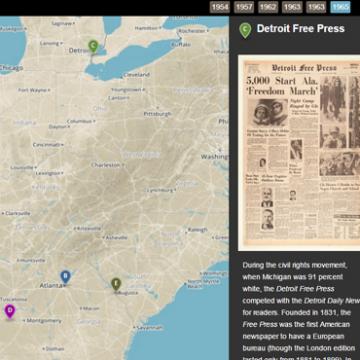
CIVIL RIGHTS MEDIA MAP
CIVIL RIGHTS MEDIA MAP
Have students share their findings. Ask:
- What content and layout similarities and differences do you notice about the newspapers? What similarities and differences do you notice about the articles?
- In terms of the news report best practices we talked about earlier, what are some of the strengths and weaknesses of each report?
- Does the content in each report confirm, deepen or contradict your prior knowledge about the event? How?
- Why do you think the reporters and editors made these content and layout choices? What factors may have influenced these choices?
- Dig Deeper: What are some social, political, geographic or economic factors that may have led to biased — or just inaccurate — reporting during the civil rights movement? Choose one article that shows evidence of a prejudiced, incomplete or inaccurate article. Using the newspaper descriptions as a starting point, challenge students to conduct and summarize research on the reporter, editor, publishers and readers of the paper.
-
Common Core State Standards: CCSS.ELA-LITERACY.CCRA.R.3
Analyze how and why individuals, events, or ideas develop and interact over the course of a text. -
Common Core State Standards: CCSS.ELA-LITERACY.CCRA.R.9
Analyze how two or more texts address similar themes or topics in order to build knowledge or to compare the approaches the authors take.
-
NCSS C3 Framework: D2.Civ.14.6-8 and D2.Civ.14.9-12
6 - 8: Compare historical and contemporary means of changing societies, and promoting the common good. 9 - 12: Analyze historical, contemporary, and emerging means of changing societies, promoting the common good, and protecting rights. -
NCSS C3 Framework: D2.His.12.6-8 and D2.His.12.9-12
6 - 8: Use questions generated about multiple historical sources to identify further areas of inquiry and additional sources. 9 - 12: Use questions generated about multiple historical sources to pursue further inquiry and investigate additional sources. -
NCSS C3 Framework: D2.His.5.6-8 and D2.His.5.9-12
6 - 8. Explain how and why perspectives of people have changed over time. 9 - 12. Analyze how historical contexts shaped and continue to shape people’s perspectives. -
NCSS C3 Framework: D3.1.6-8 and D3.1.9-12
6 - 8: Gather relevant information from multiple sources while using the origin, authority, structure, context, and corroborative value of the sources to guide the selection. 9 - 12: Gather relevant information from multiple sources representing a wide range of views while using the origin, authority, structure, context, and corroborative value of the sources to guide the selection
-
National Center for History in the Schools: NCHS.Historical Thinking.2
A. Identify the author or source of the historical document or narrative and assess its credibility. B. Reconstruct the literal meaning of a historical passage. C. Identify the central question(s) the historical narrative addresses. D. Differentiate between historical facts and historical interpretations. E. Read historical narratives imaginatively. F. Appreciate historical perspectives. G. Draw upon data in historical maps. H. Utilize visual, mathematical, and quatitative data. -
National Center for History in the Schools: NCHS.US History.Era 9
Standard 1: The economic boom and social transformation of postwar United States Standard 2: How the Cold War and conflicts in Korea and Vietnam influenced domestic and international politics Standard 3: Domestic policies after World War II Standard 4: The struggle for racial and gender equality and for the extension of civil liberties
-
National Council of Teachers of English: NCTE.11
Students participate as knowledgeable, reflective, creative, and critical members of a variety of literacy communities.
-
NCSS Curriculum Standards: NCSS 2
Learners examine the institutions, values and beliefs of people in the past, acquire skills in historical inquiry and interpretation, and gain an understanding of how important historical events and developments have shaped the modern world. -
NCSS Curriculum Standards: NCSS 3
Learners examine where people, places and resources are located, why they are there and why it matters. -
NCSS Curriculum Standards: NCSS 5
Students know how institutions are formed, maintained and changed, and understand how they influence individuals, groups and other institutions. -
NCSS Curriculum Standards: NCSS 6
Learners will develop an understanding of the principles, processes, structures and institutions of government, and examine how power and authority are or have been obtained in various systems of government. -
NCSS Curriculum Standards: NCSS 10
Learning how to apply civic ideals to inform civic action is essential to participation in a democracy and support for the common good.
